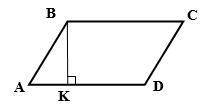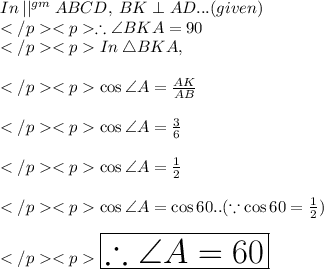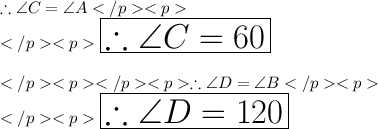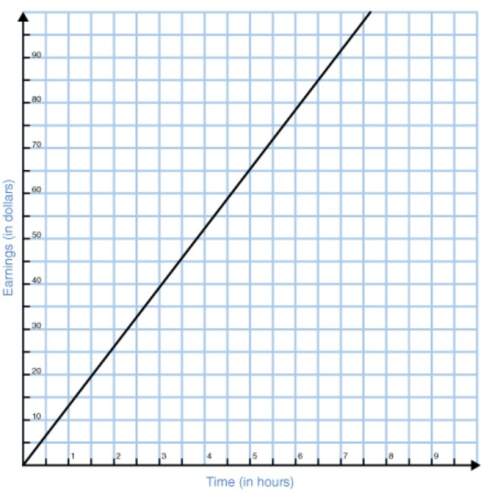Given: ABCD ∥gram BK ⊥ AD , AB = 6, AK = 3 Find: m∠A, m∠B, m∠C, m∠D
...

Mathematics, 03.07.2020 20:01 andygomez1312M
Given: ABCD ∥gram BK ⊥ AD , AB = 6, AK = 3 Find: m∠A, m∠B, m∠C, m∠D


Answers: 2


Other questions on the subject: Mathematics

Mathematics, 21.06.2019 17:00, samantha9430
The magnitude, m, of an earthquake is defined to be m=log l/s, where i is the intensity of the earthquake (measured by the amplitude of the seismograph wave) and s is the intensity of a “standard” earthquake, which is barely detectable. what is the magnitude of an earthquake that is 1,000 times more intense than a standard earthquake? use a calculator. round your answer to the nearest tenth.
Answers: 1


Mathematics, 21.06.2019 19:00, Olavarriafamily1
The figures below are made out of circles, semicircles, quarter circles, and a square. find the area and the perimeter of each figure and give your answers as a completely simplified exact value in terms of π (no approximations).
Answers: 1
You know the right answer?
Questions in other subjects:

Physics, 14.12.2020 07:40

English, 14.12.2020 07:40

Biology, 14.12.2020 07:40

Chemistry, 14.12.2020 07:40



Medicine, 14.12.2020 07:40

Mathematics, 14.12.2020 07:40

Mathematics, 14.12.2020 07:40

SAT, 14.12.2020 07:40







